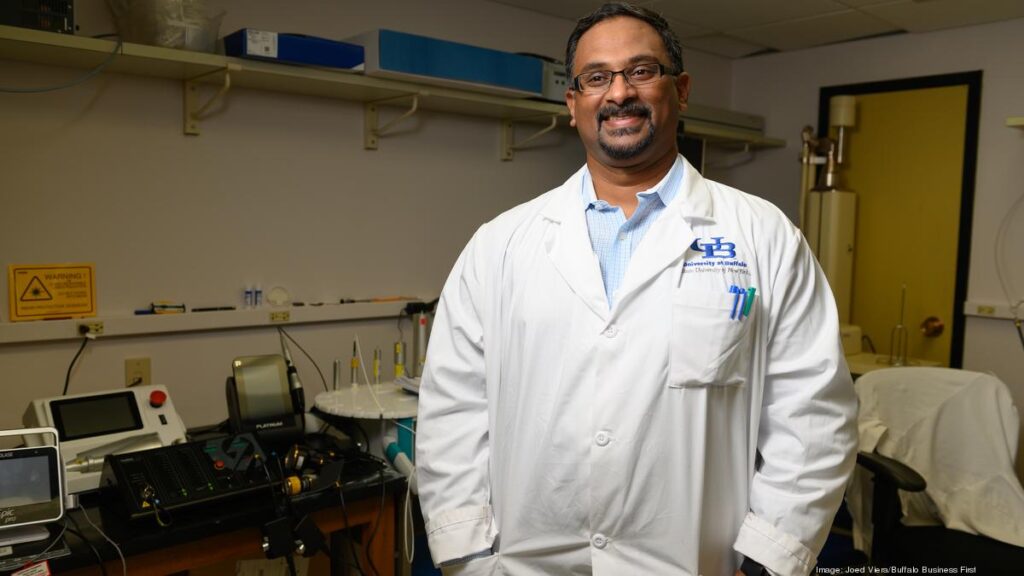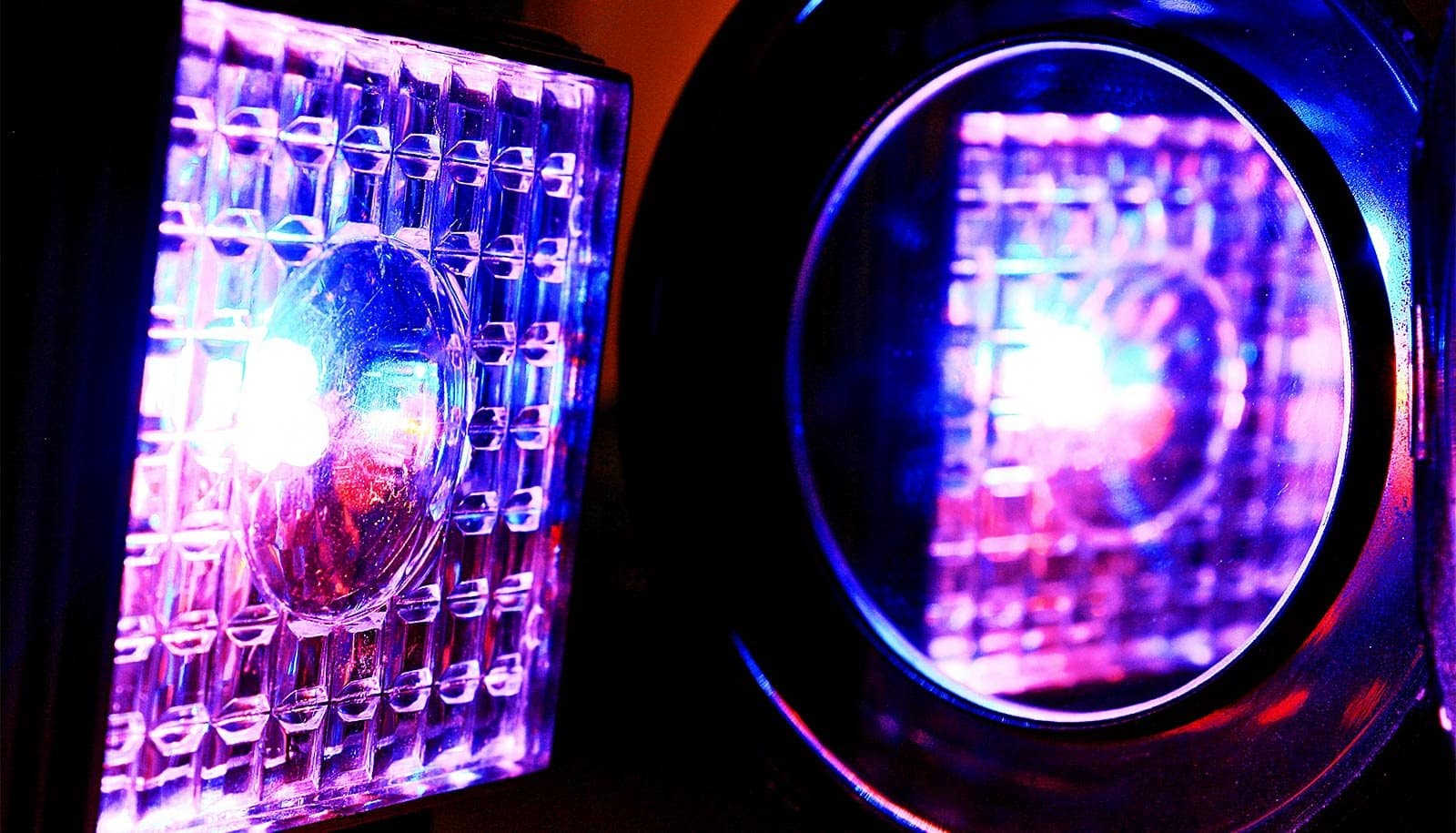La photobiomodulation is a low-dose form of light therapy that can relieve pain and promote tissue healing and regeneration. Photobiomodulation can now accelerate burn healing, according to a new study.
The research, published in Scientific Reports, finds that photobiomodulation therapy accelerates recovery from burns. Most importantly, it reduces inflammation in mice by activating the Endogenous TGF-beta 1, a protein that controls cell growth and division.
The results can change therapeutic treatments for burns, and that's a big blow. Burns affect more than 6 million people around the world every year, says the principal investigator Praveen Arany, assistant professor of oral biology at the University at Buffalo School of Dental Medicine.

Photobiomodulation: a light bath against burns?
“We effectively use photobiomodulation therapy to support oncological treatments, in age-related macular degeneration and in Alzheimer's disease,” says Arany.
A common feature among these disorders is the central role of inflammation. Our work provides evidence for the ability of photobiomodulation-activated TGF-beta 1 to mitigate burns while promoting tissue regeneration
The phases of the research
The study measured the effect of photobiomodulation on the closure of third-degree burns. The observation lasted for a period of nine days. The treatment activated TGF-beta 1, which stimulated various types of cells involved in healing. These include fibroblasts (the main connective tissue cells of the body. They play an important role in tissue repair, even after burns) and macrophages (immune cells that reduce inflammation. And not only that: they clean cellular debris, and fight infections).
The researchers also developed a precise burn healing protocol for photobiomodulation treatments to ensure that laser use does not inadvertently cause additional thermal injury.
The effectiveness of photobiomodulation in treating pain and stimulating healing has been documented in hundreds of clinical studies and thousands of academic articles. The therapy has recently been recommended as a standard treatment for relieving pain from cancer-associated oral mucositis (inflammation and lesions in the mouth).


